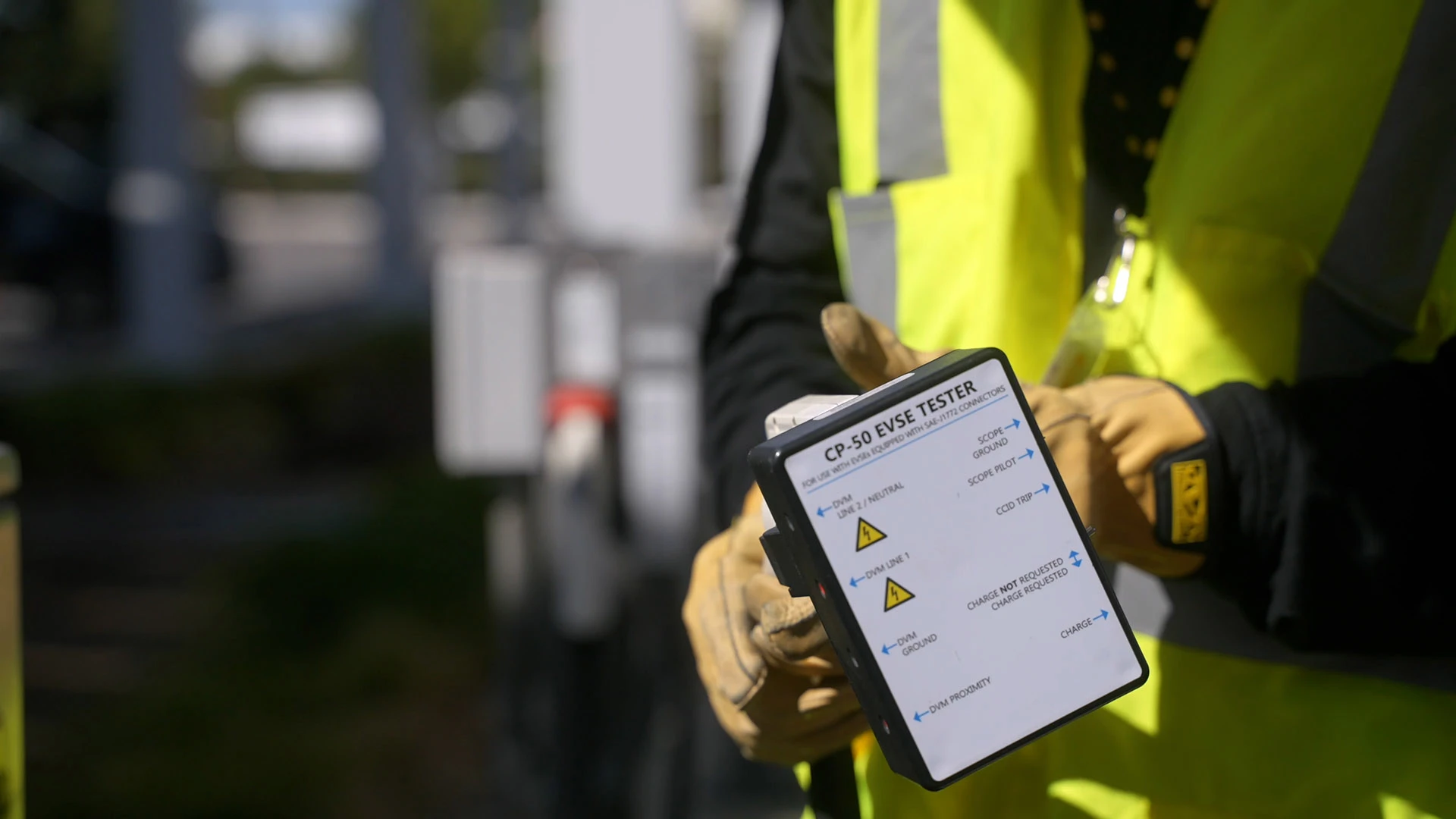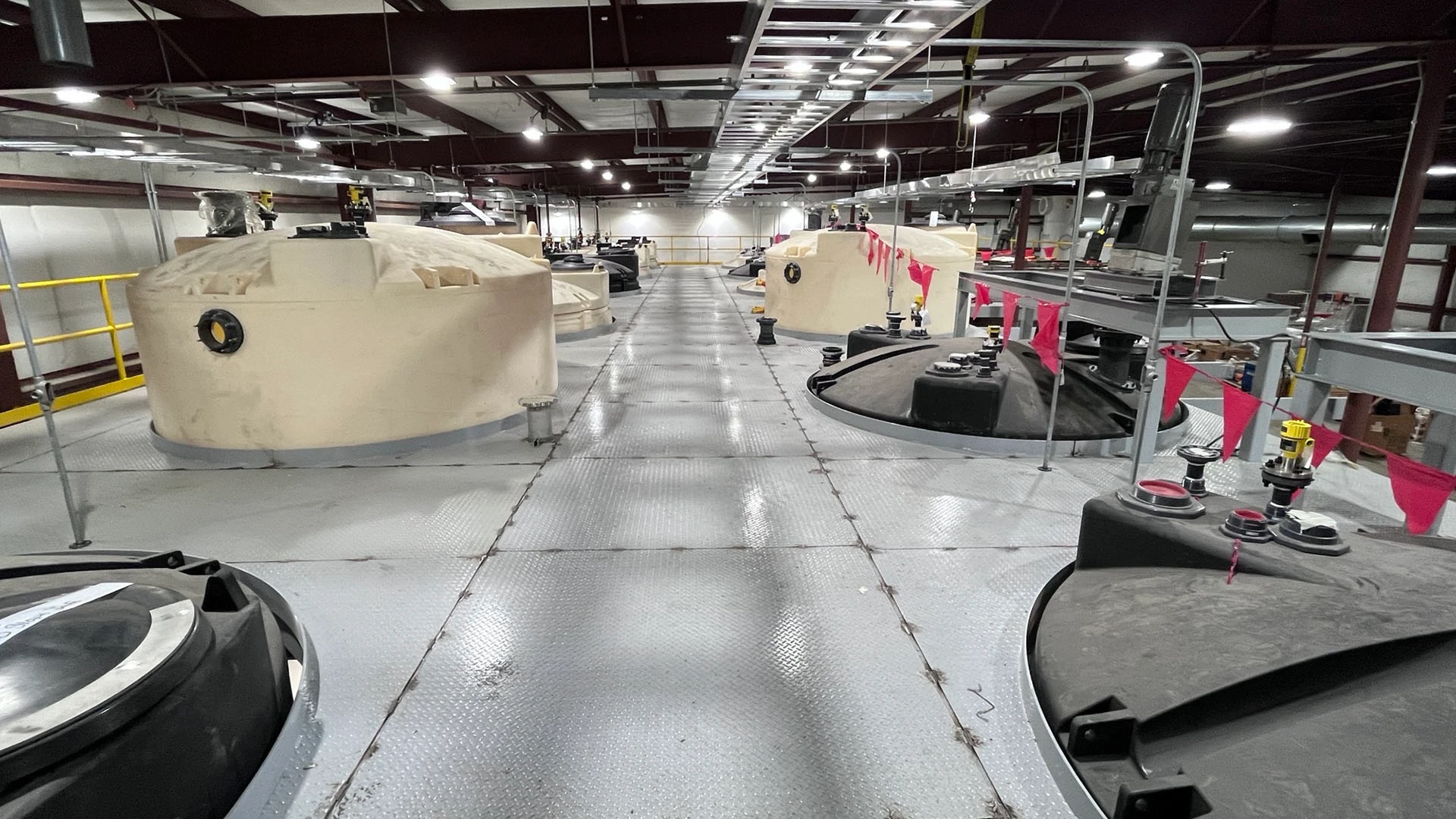& Construction

Integrated BIM tools, including Revit, AutoCAD, and Civil 3D
& Manufacturing

Professional CAD/CAM tools built on Inventor and AutoCAD
“Within a year, I hope, we shall begin the manufacture of an electric automobile.” That was Henry Ford talking to the New York Times in 1914. The Ford Motor Company had introduced the gas-powered Model T in 1908. But a friendship with Thomas Edison led to Ford’s next big plans: popularizing electric vehicles (EVs), which had been puttering around since the 19th century. Even Ford’s wife, Clara, preferred to drive Ford’s Detroit Electric. But the idea didn’t catch on, and Ford ran into the same problem modern car manufacturers have: to design a battery that would “operate for long distances without recharging.” After more than a century since Ford’s attempt, electric vehicles are finally having their moment, and thanks to energy and materials advances, this time, it’s for good.
The world has reached a critical moment in terms of human impacts on the climate, and 28% of all greenhouse gas emissions come from transportation. In fact, the average car contributes 4.6 metric tons of carbon dioxide to the atmosphere every year. The environmental consequences have tipped the scales away from fossil fuels in favor of EVs. Automakers are producing them at a feverish pace, and the White House recently announced a mission to ensure that by 2030 50% of all vehicle sales are electric.
But there are still some hurdles to clear before EVs are the predominant cars on the road. First, there is a deficit of widespread reliable charging stations, with 25 EVs for every public port in the US and a minimum charge time of about 20 minutes. Then there’s the trade-off of leaving gas-powered vehicles for ones that run on lithium-ion batteries, which deplete the Earth’s mineral resources using environmentally damaging mining practices. These obstacles are where forward-thinking entrepreneurs and innovators see opportunities to transform the automotive industry and accelerate the mass adoption of EVs once and for all.
According to the Pew Research Center, half of the car-buying population in the US is unlikely to purchase an electric vehicle. One reason? Not knowing where to charge up on the road. EV stations haven’t quite caught up with gas stations: There are 141,000 charging stations across the country compared to 168,000 gas stations (each with six to 12 pumps), reinforcing the reliance on gas-powered vehicles. But the federal government is investing in 500,000 EV chargers, along with a mandate that stations have 97% uptime—the percentage of time that a user can arrive at a station, plug in, and successfully charge a vehicle. But a recent study by UC Berkeley found that 27% of charging ports in the San Francisco Bay Area alone, a mecca for EVs, don’t function properly, if at all.
ChargerHelp! was created by Kameale Terry and Evette Ellis to pave the way for an electrified infrastructure. “We saw the manufacturing of charging stations; we saw the deployment of charging stations; we saw the installation of charging stations,” says Kianna Scott, the ChargerHelp! senior vice president of Learning & Development. “There was a gaping hole for operations and maintenance after they were installed.”
The start-up, which is part of the Autodesk Foundation’s Work and Prosperity portfolio, offers reliability as a service (RaaS) for charging locations. Station operators can contract with ChargerHelp! and have electric vehicle supply equipment (EVSE) reliability technicians come out to get the software running again using ChargerHelp!’s Empwr app on their mobile devices. In its first three years, ChargerHelp! has had 18,000 touch points with stations, giving them insight into what makes machines fail. “The data consistently says about 96% of the time, it is a software issue,” Scott says, noting those analytics “mitigate the time that the tech is in the field and thereby contribute to the uptime of 97%.”
But this high-tech fieldwork requires a whole new skill set that many don’t have yet. “It’s a boots-on-the-ground, hands-on-machine field work position,” Scott says. “But it’s so symbolic of the transition that we’re in. You still need the screwdriver; you still need a torque and may need a mega meter. You still have to know some software.”
While ChargerHelp! is primarily a tech company committed to a more sustainable automotive industry, it seized this unique opportunity to upskill people for the green economy. “This energy transition is a people transition,” Scott says. “Because there was no labor for operations and maintenance, we had to train people. We didn’t set out to do it, but it’s been an amazing endeavor and one that we’ve really kind of created a vision and a mission around.” Part of that mission is making sure this next-generation workforce is more diverse and inclusive. “It’s no secret ChargerHelp! is run by two African-American women, one from Compton, one from South Central LA,” Scott says. “Those spaces in and of themselves don’t scream access.”
The company partners with workforce development agencies to reskill people often underrepresented in the technology sector. ChargerHelp! developed a groundbreaking curriculum that the Society of Automotive Engineers (SAE) has adopted as a training standard and is designed to get technicians in the field quickly. It is equipping people with the skills to support mass EV adoption, but also to benefit individuals with living-wage careers in this new, sustainable world.
“ChargerHelp! wants to continue to be a part of supporting the confidence that people need in mass EV adoption,” Scott says. “But we really take to heart that there are individuals in this space that we want to help learn, grow and upskill, and empower to be just as impactful in this climate correction.”
Like most positive moves forward, trade-offs come with the electrification of the automotive industry. While EVs reduce greenhouse gas emissions, producing them requires a huge amount of critical resources. They require six times the amount of minerals than conventional cars to manufacture, and 300 new mines will be needed to meet the growing demand by 2035.
Lithium-ion batteries require lithium, nickel, cobalt, manganese, and graphite. When they reach the end of their lifecycle, 95% are discarded, taking all those valuable resources with them. In fact, more than 15 million tons of batteries will be disposed of by 2030, with metals valued at more than $18 billion. As the push for automotive electrification ramps up, these weak spots are where Nth Cycle saw an opportunity to create a circular use of resources and a better way to extract them.
“Nth Cycle differs from traditional battery recyclers in the market because of two things: Our decentralized business model is about partnering to locate where the feedstock is, and the technology we use, called ‘Electro-Extraction,’ is modernizing how metals are refined,” says Colin Mahoney, Nth Cycle’s head of public relations. “This allows Nth Cycle to be upstream with miners, colocating at their sites to ensure higher-purity products are sent to the market, decreasing the reliance on the environment to produce more and more. It also provides recyclers the most efficient way to refine metals at their end of life because we’re not shipping used materials across the globe to be smelted but instead creating a solution for refining domestically and locally. In both instances, an enormous amount of GHG emissions is saved through our modular asset, the Oyster.”
The Oyster targets, retrieves, and refines specific metals from feedstock, such as cell phones, magnets, and EV batteries. The core technology, designed with Autodesk Fusion, uses just electricity and water, and its refining emissions are 92% lower than traditional mining and 44% lower than current recycling methods. Not only does Nth Cycle have its own stand-alone production center in Fairfield, OH, but with a small (approximately 2,000-square-foot) physical footprint, the modular system can be easily installed in a battery manufacturing facility’s plant to extract and recycle metals in-house.
“Our business model will be partnering with miners, scrap recyclers, and OEMs on their metal refining needs to ensure they have a sustainable solution in place,” says Erika Gammon, Nth Cycle’s head of marketing. “Our novel design features fast processing times, a small footprint, and a high recovery, focusing on minimal waste and self-generating consumables.” And it keeps that $18 billion in minerals out of the landfill and in circulation indefinitely.
With its invention, Nth Cycle is the first company in the United States to produce mixed hydroxide precipitate (MHP), a nickel product that is a necessary ingredient for domestic EV batteries. Most MHP comes from overseas and has inconsistent purity levels whereas Nth Cycle’s MHP has close to 90% nickel concentration.
Having a reliable, local source of MHP creates a stronger supply chain for the EV boom that’s coming. It’s also in the best interest of auto manufacturers. The Inflation Reduction Act of 2022 requires greater investment in domestic clean energy, and by 2029, auto manufacturers must obtain 100% of EV battery components from domestic sources. Nth Cycle’s technology will ensure that happens. “As more regulations come to fruition, and as the automotive industry finds a greater need to secure their metal supply, we only see a greater need for Nth Cycle to be part of their circular economy,” Gammon says.
The clean energy transition is finally taking hold in the automotive industry, and it’s been a long time coming. Transportation is a key factor in achieving global sustainability goals and decarbonizing the environment. Companies like Nth Cycle and ChargerHelp! are paving the way to this electrified future—and building the workforce to secure it.
Jen Ciraldo is a media producer and writer. She creates content for magazines, film, companies, and museums. From building fireproof homes in California to technology that improves workplace culture, her work explores topics that impact how we live.
PD&M
Courtesy of e.GO Mobile AG
AECO
Emerging Tech








